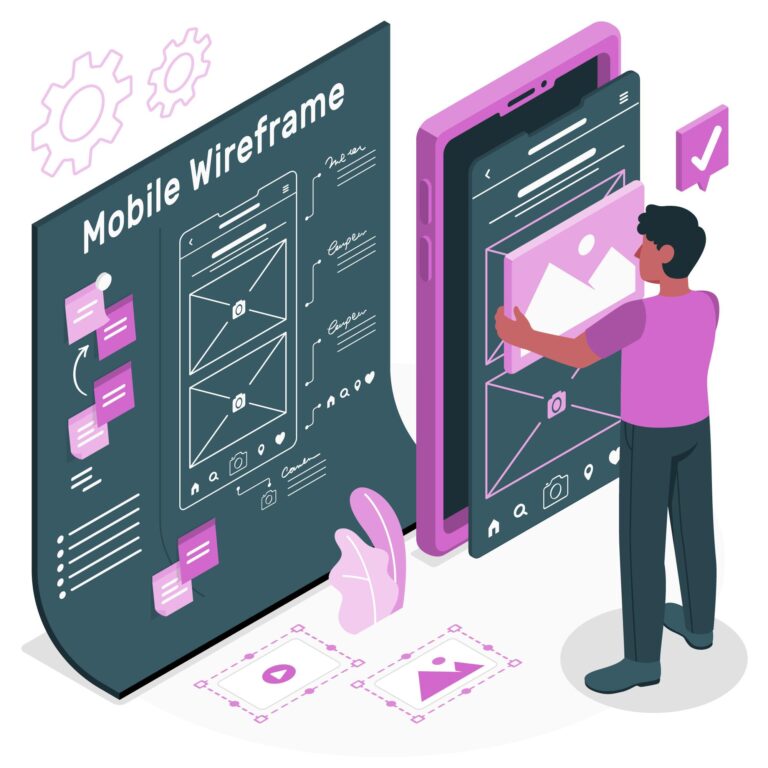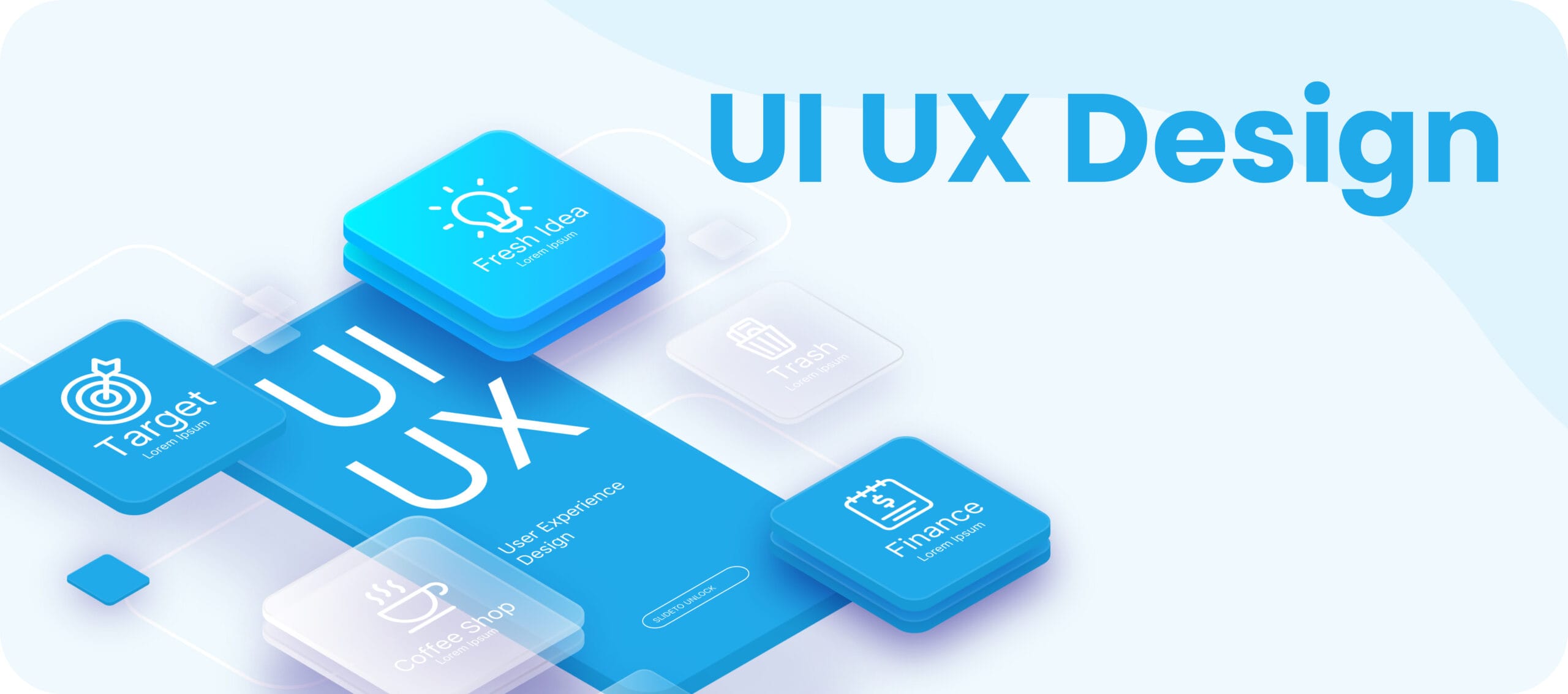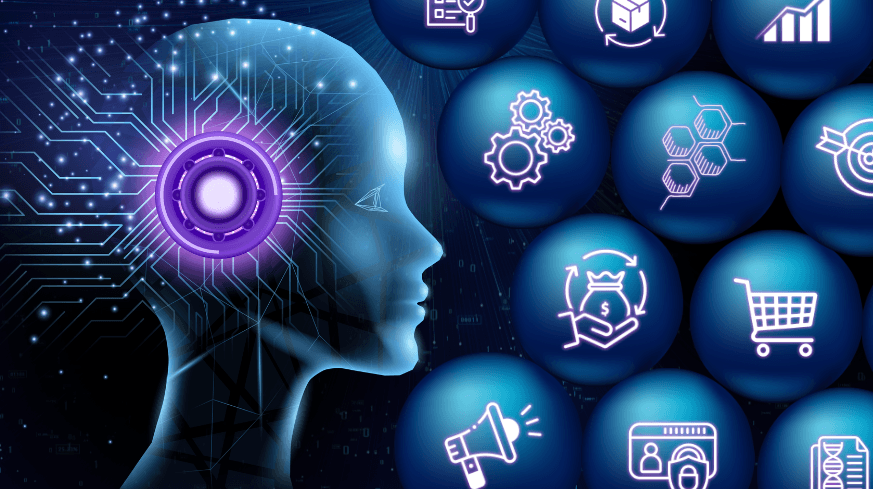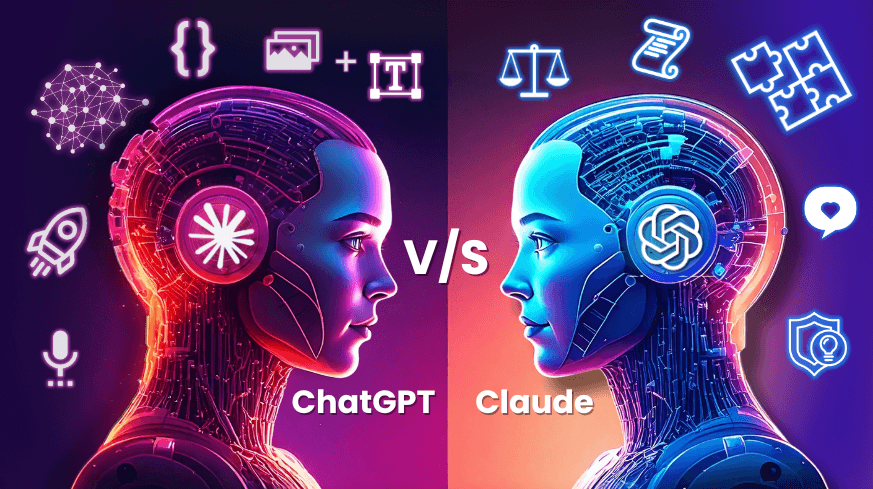Table of Contents
ToggleSimply put, the UI (user interface) is a product’s look and feel. Colors, styling, formatting, photos, text, and anything else you see on the page are all part of the UI. The icons for each symptom in the image below are UI components that we made to complement the product’s look and feel.
The theory underlying how a person interacts with a product is referred to as “UX” (user experience). UX can apply to a wide range of product kinds, from a touch-screen app to a vocal interface like Alexa or Google Home. The primary parts of the user experience are research, planning, and design. and the great thing is you can learn UI UX for free.
Designers make things “appear pretty.”
We are frequently asked to “make it look spectacular.” We’ve always done it that way. However, appearances are only a small part of the process. The design has underlying functions that cannot be overlooked. Consider a web app that displays sales information. The app has a nice color scheme and simple lines. However, the design is ineffective if the user is unable to obtain insights and make better decisions using the data. Any UX designer should be concerned with information architecture. Furthermore, designers who engage in complicated analytics must comprehend both the data and their users. They are in charge of making the data relevant and actionable. What insights do their users hope to get from the data? This is why designers start with question boards, process diagrams, and wireframes before creating high-fidelity mockups. “Pretty” is a byproduct of the design.

UX Design is Entirely Technical
While UX designers create their final designs using software, there is a non-technical branch of the UX design process. When we create user experiences, we are solving human problems. We research our users and what inspires them as part of our discovery process. This necessitates empathy, knowledge of the user roles (there may be more than one), and the capacity to solve problems imaginatively. This non-technical way of thinking is required for us to provide a full design that meets the needs of our users.
UX Design Necessitates Extensive User Research
User research is a subset of the UX design process. It is also vital to research the users of a product or concept. This is because we need to grasp a few essential aspects of our user base—their motivations, problems to be solved, and information available to them. However, extensive research that demands months of effort and flawless deliverables runs contrary to the agility we value. We usually think of user research in terms of roles and important processes. We devote as much time as is required for discovery for every specific project, and it does not take months. Learn about our

Designers Work Alone
“All we need is a designer,” is an understatement. Designers must comprehend the data with which they are working, the company for which they are creating, and the technological architecture in which the designs will be implemented. The whole design process must correspond to the business model and organizational goals. Most design projects necessitate a research role, one or more usability testers, a project manager position, and some business input. Knowing how to make the most of limited resources is a vital ability for a designer. A good end product requires designers to draw on a diverse set of skill sets within their team. Designers require user and researcher collaboration. Everyone must be on the same page as the technical team that will put their idea into action. This prohibits the delivery of an “ideal” design that cannot be built. There are plenty of other UX misconceptions that exist.







